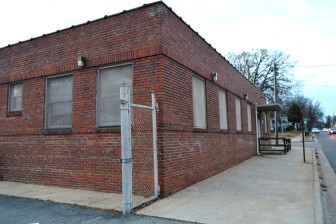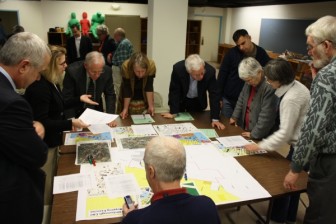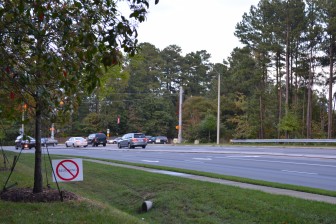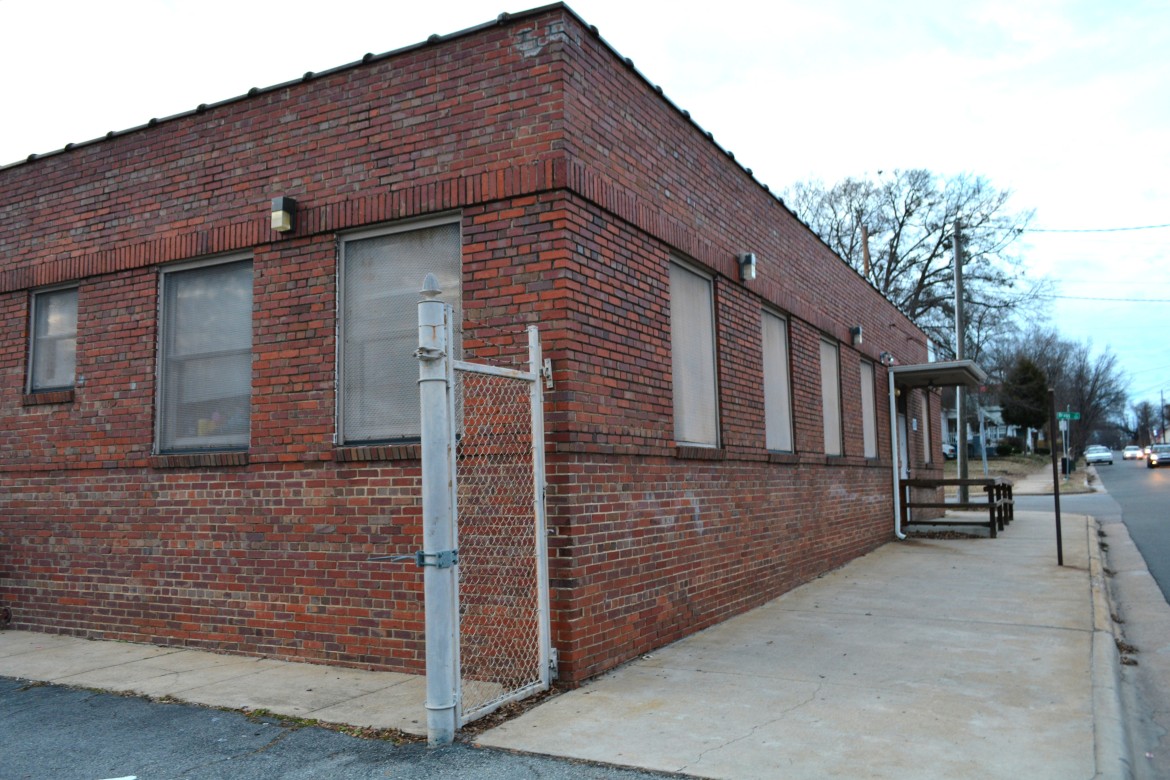Raleigh city councilors met Monday to discuss the demolition of buildings on a site owned by Greyhound and to receive information about the Unified Development Ordinance (UDO).

James Borden / Raleigh Public Record
The former home of Carolina Coach on Blount Street
Regarding the Blount Street site owned by Greyhound, city staff told councilors they had received a report that demolition equipment had been seen on the site. While not designated as historic structures, the buildings are seen as important to the history of Raleigh.
While Greyhound had tried restoring the site, one of the buildings collapsed, which raised questions about the safety of the other buildings. The board at Greyhound and the CEO of Greyhound then decided to demolish the buildings to reposition the site for sale at a future date.
“Do we let them go forward or not go forward?” Councilor Stephenson asked.
The city attorney said if the permits to demolish the buildings were issued appropriately, city council had no grounds to stop the demolition.
“Obviously, there is a limitation on the council’s authority in this situation,” city manager Ruffin Hall said.
Councilor Gaylord suggested that city staff should reach out to Greyhound and express the interests of the council to see how Greyhound would respond. The other councilors agreed. An outcry on social media argued that the building should be preserved and possibly transformed the way Durham’s American Tobacco District was.
City council then received information about the UDO. Information included the development process, trending issues, and citywide remapping. Ken Bowers, interim director for planning and development, gave the presentation and answered questions for council.
The development process concerned the rezoning program and the development plan review.

Citizens and City Officials look over UDO plans in February 2011
Bowers showed that 79 percent of rezoning cases were within ¼ mile of growth areas, and major development plans that were approved included a 16 residential unit building on Friendly Drive and a medical building on Oberlin Road.
“We’ve got to recognize that as a huge success,” Councilor Gaylord said regarding the percentage of rezoning cases within ¼ mile of growth areas. “We need to recognize that we’re heading in the right direction.”
Trending issues included the permitted uses and development standards for bars and gas stations. Bowers said the UDO contains new mixed use zoning districts, new development standards, and the need for potential regulatory changes.
While bars are not currently permitted in a NX district, there are text changes under review by the planning commission that would allow them with standards attached to address impacts. The standards could include no live music, no dance floor, and no outdoor patio seating.
Gas station regulations were also covered within the context of a NX district. Text changes under review by the planning commission would impose standards on gas stations built in those districts. Standards include a maximum number of allowed pumps, location requirements, and a maximum parcel size.

James Borden / Raleigh Public Record
Neighbors in North Raleigh protested the development of a new shopping center
The tension between residential neighborhoods and mixed-use nonresidential developments was discussed. Bowers said building a mixed-use nonresidential development near a neighborhood requires a 50-ft setback from residential property, a limit in the height of the development, and buffers.
“Where we are with this is we are testing the standards,” Bowers said. “The question we need to ask is ‘Are these standards strong enough?’”
Councilor Stephenson brought up the rezoning case in Meredith Heights to show that some citizens aren’t being adequately informed of the changes that could be taking place in their neighborhoods.
“I don’t know if I can think of a better way that you’ve handled the remapping,” Stephenson said, “but that doesn’t mean it’s instantly perfect.”
